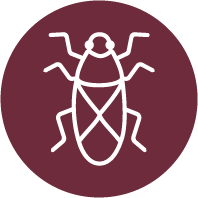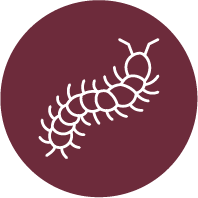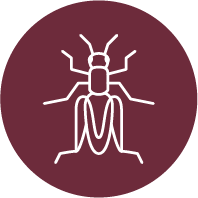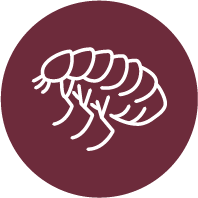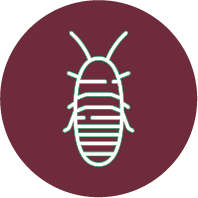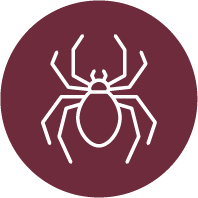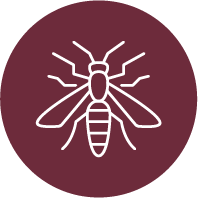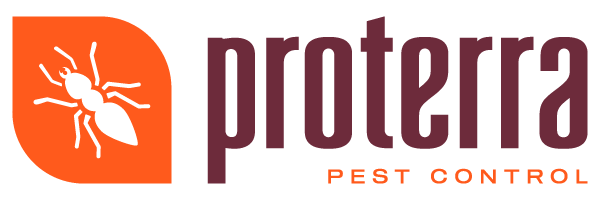Building a Pest-Proof Home
For new homeowners and renovators, the excitement of building or remodeling a home often revolves around aesthetics and functionality. However, an equally important but less considered aspect is ensuring that the structure is built to be pest-resistant. Avoiding future infestations of rodents, insects, and other pests not only protects the investment but also contributes to the health and comfort of the living spaces. This article guides readers through integrating practical pest-proofing measures into their construction projects from the foundation to the finish, highlighting how Proterra's expertise can help build a solid, pest-resistant foundation.
Establishing a Pest-Resistant Foundation
The foundation of the house is critical in preventing pest entry from the ground level. Special attention during the planning and construction phases can set the stage for a pest-free environment.
Sealing and Securing the Foundation
Ensuring that the foundation is free of cracks and crevices is essential. Pests such as ants, termites, and rodents can enter through the smallest openings. Utilizing sealants and appropriate construction materials can significantly reduce the risk of such invasions. Proterra recommends using a combination of physical barriers, like steel mesh, and chemical treatments that dissuade pests from approaching the foundation.
Proper Drainage Solutions
Water accumulation near the foundation can attract pests. Effective drainage systems ensure that water flows away from the structure, reducing the likelihood of pest attraction. Incorporating graded landscaping and proper guttering are effective strategies to manage water flow.
Framing and Exterior Choices
The choice of materials for framing and exterior surfaces can influence the home's vulnerability to pests.
Selecting Pest-Resistant Materials
Using materials that are naturally resistant to pests, such as metal framing or treated wood, can help prevent infestations. Additionally, choosing siding materials like brick, stone, or vinyl can deter pests more effectively than other options.
Securing Openings
Windows and doors are common entry points for pests. Ensuring that these fixtures fit perfectly without gaps can drastically reduce access points for pests. Using quality seals and weather-stripping is crucial for maintaining a tight barrier.
Roofing Considerations
The roof offers another potential entry point for pests. Specific measures can be adopted to secure this vital area.
Tight Roofing Installation
Ensure that all tiles or shingles are securely fastened and that no gaps exist that might allow pests to enter. The use of roofing felt can also act as an additional barrier.
Attic Ventilation
Proper ventilation helps prevent moisture buildup, which attracts pests. However, vents should be covered with fine mesh screens to prevent pest entry while allowing airflow.
Interior Defenses Against Pests
The interior of the home requires attention to detail to keep it pest-free. This involves both the selection of materials and the installation processes.
Sealants and Caulks
Using sealants around areas where pipes and wires enter the house provides a strong line of defense against pests that might squeeze through these small openings.
Choosing Interior Finishes
Opting for pest-resistant interior finishes such as metal or hardwood can discourage pests. Avoiding wall-to-wall carpeting, which can harbor pests, is a preferable choice in pest-prone areas.
Landscaping and External Considerations
The area surrounding the home plays a significant role in either harboring or deterring pests.
Strategic Planting
Planting pest-repelling plants around the home can natural deter pests. These include herbs like lavender and rosemary, which are naturally disliked by many insects.
Regular Maintenance
Keeping the yard clean and free of debris, including fallen leaves and branches, reduces the places pests can hide and breed. It is also important to position woodpiles and other potential pest harbors well away from the house.
Partnering with Experts
Consulting with pest control experts like Proterra during the planning and construction phases ensures that all potential pest issues are foreseen and addressed. Proterra’s expertise in pest-proof construction can guide the selection of materials and strategies that effectively keep pests out.
Building a home that is resistant to pests requires thoughtful planning and meticulous attention to detail. By considering pest-proofing as an integral part of the construction process, homeowners and renovators can protect their investment and enhance their living environment. From the foundation to the attic, each step and choice in the building process can contribute to creating a secure and pest-free home.
Ready to safeguard your home against pests from the foundation up? Proterra Pest Control is here to help every step of the way. Our eco-friendly, comprehensive pest control solutions guarantee peace of mind for new constructions and renovations alike. Don't let pests become unwanted guests in your dream home. Contact us today to learn more about how Proterra can fortify your home against pests for good.
